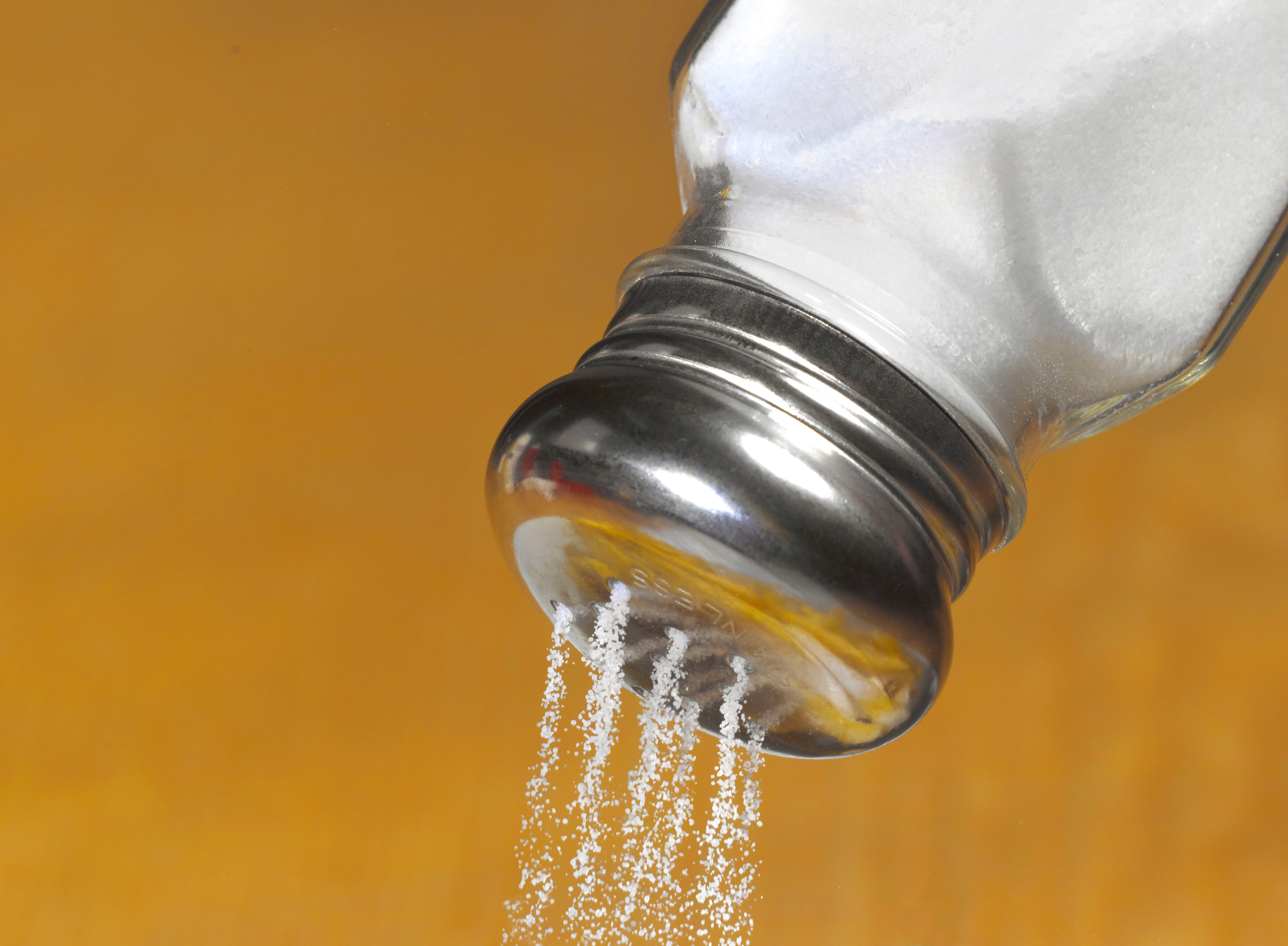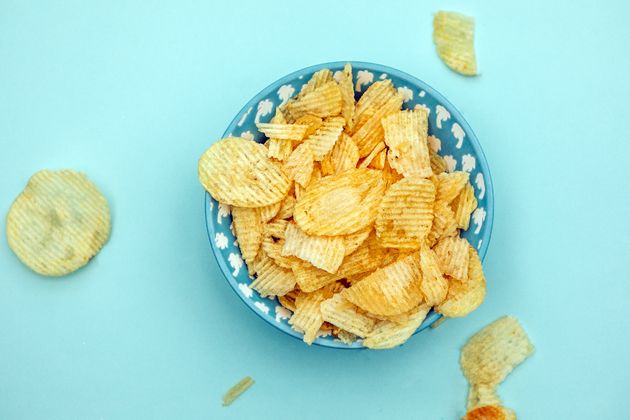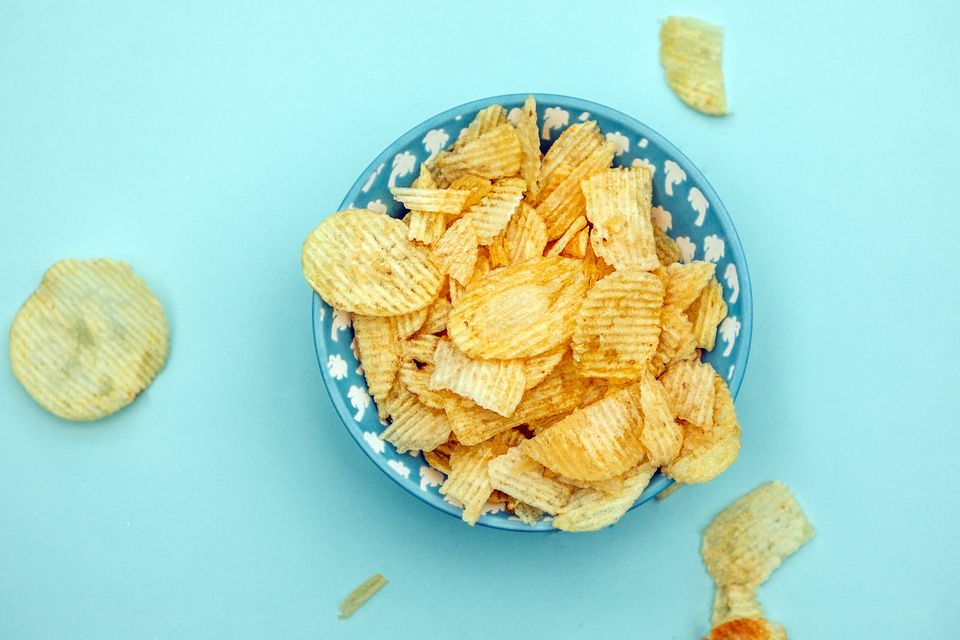It’s well established that alcohol is not good for you — it can harm your liver and increase your risk of developing certain cancers. However, its impact on heart health is more debated. Some experts have long said that a glass of red wine can be good for your heart, but this isn’t necessarily true, according to the American Heart Association. What’s more, excessive drinking can lead to high blood pressure and an irregular heartbeat.
Now, there’s another heart health reason to be wary of alcohol, particularly for women.
In new research involving 432,265 people — roughly 243,000 men and 189,000 women between 18 and 65 — experts discovered that women who had on average more than one alcoholic drink daily were at higher risk of developing coronary heart disease. The research was conducted by Kaiser Permanente Northern California.
Advertisement
Coronary heart disease, also referred to as coronary artery disease, is a condition in which the “major blood vessels that supply the heart (coronary arteries) struggle to send enough blood, oxygen and nutrients to the heart muscle,” according to the Mayo Clinic.
Symptoms include shortness of breath and chest pain. But for many people, a heart attack is the first noticeable sign of coronary heart disease.
Women who drink 8 or more alcoholic beverages each week are at higher risk of heart disease.
For the Kaiser Permanente study, participants reported their alcohol use between 2014 and 2015. In the four years that followed, researchers analysed their coronary heart disease incidence and found that 3,108 participants were diagnosed with the condition.
Those who had one to two drinks each week were categorised as having low alcohol consumption; three to seven drinks for women and three to 14 for men were categorised as moderate consumption; and 15 or more drinks for men and eight or more for women were categorised as high consumption.
Advertisement
While definitions of binge drinking vary, in this study, it was defined as having more than three drinks a day for women and more than four for men. Researchers noted whether participants had taken part in binge drinking in the past three months. People who do not drink were not included in the study.
Researchers found that drinking eight or more alcoholic beverages each week was linked to a 33% to 51% higher chance of developing coronary heart disease in young to middle-aged women when compared with women who drank less, according to the Kaiser Permanente Division of Research. Those most at risk, though, were women who took part in binge drinking, which was linked to a 68% higher chance of developing coronary heart disease.
Alcohol’s negative impact on heart health has to do with a few factors. “Alcohol has been shown to raise blood pressure and lead to metabolic changes that are associated with inflammation and obesity, both of which increase the risk for heart disease,” senior study author Stacy Sterling told the Kaiser Permanente Division of Research.
While the worst impact was seen in women, men who engaged in binge drinking were 33% more at risk of developing coronary heart disease compared with those who were moderate drinkers.
“Women also process alcohol differently than men due to biologic and physiologic differences, and this may contribute to the increased heart disease risk we found,” said Sterling. “It’s concerning because there has been an increasing prevalence of alcohol use among young and middle-aged women, including in the number of women who binge drink.”
Advertisement
This research is set to be presented at the American College of Cardiology’s Annual Scientific Session in early April, and it has not yet been peer-reviewed.

The Good Brigade via Getty Images
If you want to drink less, here are some expert-backed tips.
With emerging research like this, it’s no wonder that concepts like “mindful drinking” and “damp lifestyles” — both of which decentre drinking — are popular.
If you are looking to curb your drinking habits, it’s a good idea to know some of the U.S. government’s guidelines for moderate alcohol consumption. If you choose to drink, the guidelines recommend no more than one drink per day for women and two for men. Once you know the guidelines, you can track your consumption habits to determine how much you drink. (The amount that people actually drink is often underestimated.)
If you like to have a different beverage after work or to break up the week, you can make mocktails or purchase nonalcoholic beers, wine and spirits. “The quality of nonalcoholic drinks and beers are much better than they were in the past,” Vanessa Kennedy, the director of psychology at Driftwood Recovery in Texas, previously told HuffPost. Having these kinds of drinks at the ready can help you reduce the amount of alcohol you consume.
Advertisement
Experts say that it’s also helpful to track why you’re drinking. Are you doing it because you’re stressed, or because you’re bored? Once you determine the reason that you’re turning to booze, you can think of different things to fill that void.
“If you are saying, ‘Well, I just need this drink because I just need to relax’ … that alcohol itself isn’t actually what helps you relax,” registered dietitian Sumner Brooks previously told HuffPost. A bubble bath or workout class may help you relax more than a glass of wine.
Most importantly, if you are worried about your drinking habits or think they’re problematic, it’s important to seek support from an expert. You can find a therapist who’s trained in substance abuse to help you move forward.
Help and support:






